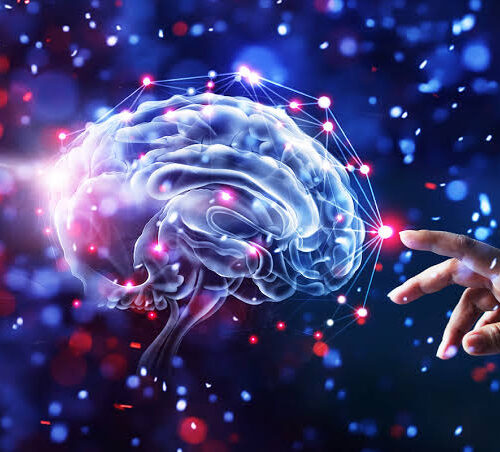Age-related physiological changes in the eye are often seen as a result of cataracts, glaucoma, and macular degeneration. In fact, studies from the Pennsylvania State University College of Medicine have shown that at least one out of three patients at the age of 65 has experienced some form of vision-reducing eye problem.
While eye diseases and problems become more prevalent as people age, there are certain things that you can do to maintain good eye health and improve your vision. So in this article, we have listed the physiological changes in the eye due to ageing along with some helpful eye safety tips to lower your risks of getting these eye and vision problems.
Cataracts
Cataracts have been the leading cause of vision loss at any age because of its variety of causes and access barriers to its removal. Some inherited genetic disorders or other medical conditions can also cause fibres and proteins within the lenses to clump together, resulting in blurry vision. As the cataract continues to develop in the long run, it can also cause a difference in vision between the eyes, with one eye being more blurry than the other.
Glaucoma
Glaucoma is another common vision impairment for older adults, primarily those over the age of 60. This is often linked to a buildup of pressure and damage in your optic nerve that causes total blindness and permanent vision loss within a few years. Opticians in Essex suggests that it is important to have regular eye exams in order to get a diagnosis in its early stages and treat glaucoma before it causes long-term vision loss
Macular Degeneratio
Due to the thinning of the macula through ageing, it reduces central vision and affects the person’s ability to do common daily activities, such as driving, reading, and recognizing people’s faces. There are two (2) types of macular degeneration, wet macular degeneration and dry macular degeneration. The primary difference between the two is that the wet form occurs rapidly and causes severe damage to the blood vessels. Whereas, the dry form progresses more slowly and gradually blurs the central vision as part of the ageing process.
Ways to Promote Eye Health
Having a healthy lifestyle that promotes eye health is essential to ward off diseases and ensure the independent functioning of the individual. Keep in mind that healthy day-to-day habits like staying active and following a well-balanced diet can go a long way towards keeping your eyes healthy. Be sure to incorporate plenty of green, leafy vegetables and fish that are high in omega-3 fatty acids into your diet.
Another tip is to protect your eyes by using sunglasses that block 99 to 100 percent of the sun’s ultraviolet (UV) rays, even on cloudy days. Wearing anti-glare glasses is also advisable to help reduce eye strain and blue light exposure when using digital devices such as smartphones, computers, laptops, TVs, etc. And most importantly, it is vital to get a regular and comprehensive eye exam to detect eye diseases in their early stages, especially those conditions that do not show any warning signs or symptoms.



